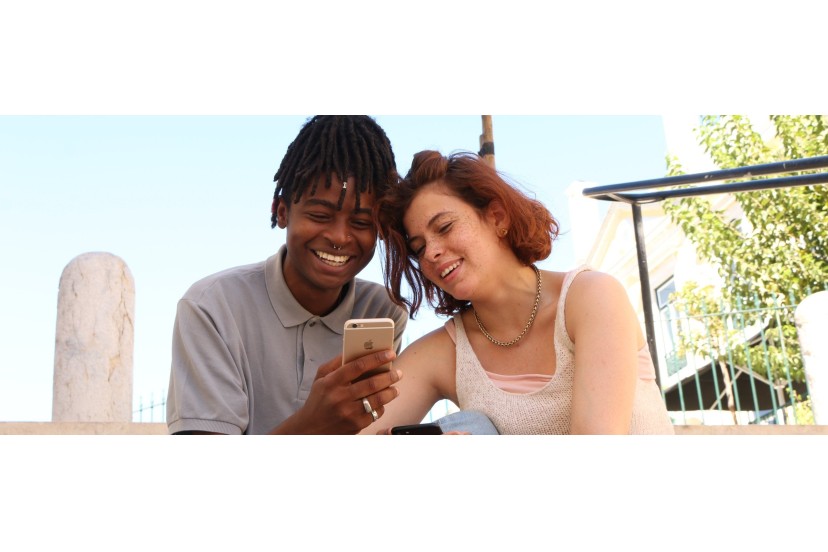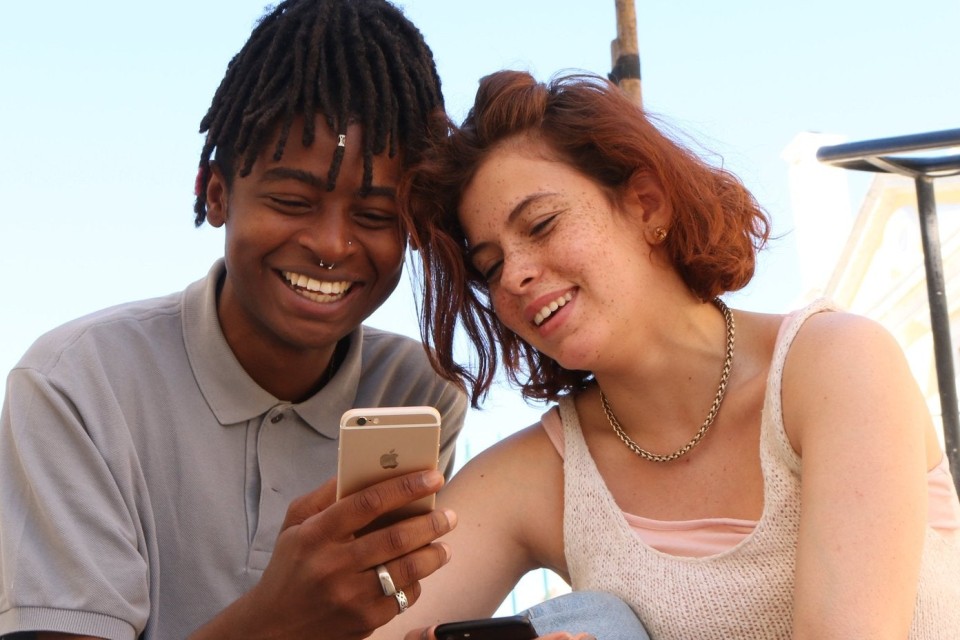There are several lists dedicated to enumerating the most used apps. In 2016, Nielsen revealed its list, led by Facebook (Facebook and Messenger) and Google (Youtube, Maps, Search, Play and Gmail). Instagram only appears in 8th position and the top 10 is closed without including apps like Whatsapp, Snapchat or Twitter.
Forall Phones Study
A study carried out by Forall Phones concluded that the 10 most used apps by Millennials are, respectively:
- Facebook Messenger
- Youtube
- Gmail
- Maps
- Spotify
- Snapchat
- MBWay
Instagram ? the champion of downloads by Portuguese Millennials
In this study, Instagram moves directly to first place, as the most used mobile application by Generation Y. This app is used by more than 800 million active users around the world. In 2013, only 15.4% of Portuguese social media users had an Instagram profile. Nowadays, more than half are active users of this app, making it the fastest growing app in Portugal.
Facebook ? the end of the top leadership
Dethroned by former rival Instagram, the champion of all the most used app lists, it now occupies second place on the podium. In June, Mark Zuckerberg announced that Facebook had reached the historic number of 2 billion monthly users. In 13 years, this social network grew 49% in Portugal and has around 6 million active users in our country, even so, it was not enough to top this top.
Facebook Messenger and Whatsapp ? if one is good, two are better
According to the same study, the messaging app most used by Millennials is Facebook Messenger and the second is Whatsapp, which doesn't even make the top 10 in the Nielsen study.
One of the advantages of using Whatsapp, compared to Messenger, is the issue of privacy. Everything sent via WhatsApp is encrypted (text, photos, videos, files and voice messages), which means that messages sent via this platform can only be read by the sender and the recipient, the same does not happen with Facebook Messenger. Despite this, while the second needs the other user's cell phone number to contact them, Facebook Messenger allows you to contact anyone who is on Facebook. Therefore, the choice between Facebook Messenger or WhatsApp ends up being a matter of habit and personal preference, as the features are practically the same. For those who can't decide (and have the memory for it), the best thing would be to download both apps and use them according to what they do best.
Youtube and Spotify ? fierce competition between two indirect competitors
Despite the visible growth of apps like Spotify, the mobile music streaming application most used by Generation Y continues to be YouTube. This is also a video platform, which differentiates it from Spotify and allows it to gain some points. Furthermore, despite presenting a very considerable musical diversity, Spotify only works with releases from music producers, which ends up creating limitations. Another reason that may explain Spotify's lower popularity compared to YouTube is the fact that the former, in its free version, has a random music selection mode, not allowing the user to select which song they want to listen to at the moment.
Despite this, the app of Swedish origin wins points with Millennials for allowing it to work even when the smartphone is locked, something that is not possible with YouTube, giving it eighth place on our list.< /span>
Gmail and Google Maps ? the strength of the Giant
Still in the top 10 apps most used by Millennials, Gmail appears in sixth place, followed by Google Maps, both belonging to the giant Google. With more than a billion users, last year, Gmail was improved, allowing new features and fixing some bugs. The email application now allows mobile users to write bold, italic, underlined, colored and highlighted texts, as if they were in front of the computer, as well as respond to Google Calendar invitations with a simple touch. These improvements to the app were very important as Google statistics showed that two out of three Gmail users check their accounts via their smartphone, thus allowing for better user experiences.
Soon followed by Google Maps, which in 2015 debuted a feature that now allows you to download part of your maps to your smartphone and receive navigation or research instructions, even without an Internet connection. This year, Google wanted to bring Maps closer to the social aspect, leaving aside the idea that it was a research app on how to get from point A to point B, by allowing the creation of lists of places that can then be created. be shared. List sharing can be done via SMS, email, social networks or instant messaging apps. Another new feature coming soon will be real-time location sharing. Thus, when sharing the location, the selected people have the possibility of seeing the user on their map and following the route, also seeing the estimated time of arrival.
Snapchat and Twitter ? the decline of empires
In 2011, Snapchat was launched and revolutionized the social media market. The almost live transmission of photos and videos has become a rage for those Internet users who like to share day-to-day activities. In 2015, the app had 100 million active users every month, making it the third most used social network at the time. In August 2016, Instagram launched Instagram Stories, thus dictating Snapchat's last breaths and leading it to a decline of around 40% and losses of around 400 million euros. Currently, the ghost app occupies ninth place in our top.
If in 2014 Twitter was one of the most used apps by the millennial generation, in 2017 it did not even appear on Nielsen's list of the 10 most used apps. On our list, it occupies 11th place. This application has recorded a decrease in growth in revenue and user base. Recently, Twitter even stopped considering itself a social network in the App Store, starting to call itself a news application, in an attempt to climb the rankings of the most popular apps , this is because in the social media group, it is very low. Despite this, the North American app recently began testing changes to the character limit after a study showed that users feel frustrated when they reach the famous 140 barrier. Will it be enough to bring Twitter back into the spotlight?
Pokémon Go and Tinder ? the strange combination that defines Generation Y
The Pokémon Go phenomenon currently occupies 27th place in the top, demonstrating the way in which the so-called ?nostalgia marketing? has direct effects on Millennials. Only after this did the dating app Tinder appear, demonstrating, in an obvious way, the priorities of the ?I'm not ready to commit? generation.








